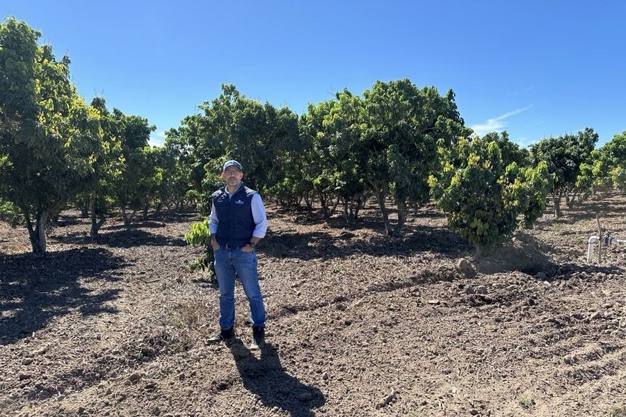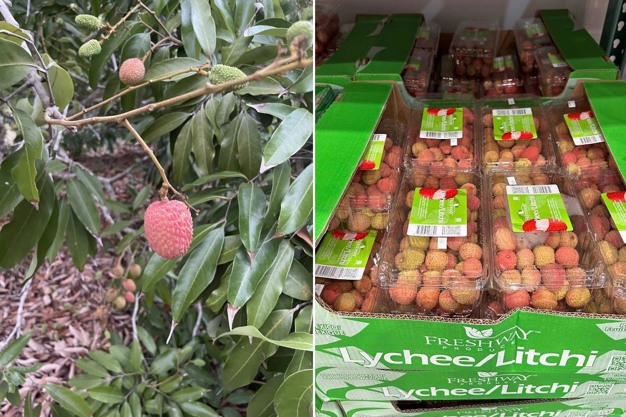Around mid-April, the Mexican lychee season will start out of the regions Veracruz, Oaxaca, and San Luis Potosi. It will be a short season that lasts roughly until mid-June. From these central regions, lychee production will move up north to Sinaloa. "All regions together will have availability between mid-May and mid-July," says Jose Roggiero with Freshway Produce. After a successful first year, this is the second season the company is offering a lychee program out of Mexico. "We are working with a select group of growers who have all the food safety certifications and meet the standards the retail community requires."
This year, the southern and central production regions are expected to have a higher production level than the north. Last year, it was the opposite. "Lychee trees require a few days of low temperatures in order to induce the tree to produce flowers," commented Roggiero. If they don't get these low 40°F temperatures for a few days, there will be significantly less flowers, resulting in less fruit."

Jose Roggiero visiting a lychee field.
Different packaging options
Freshway Produce specializes in clamshell presentations for their lychee program. "We offer a few different packaging sizes," Roggiero commented. "All our packaging options contain a QR code as well as information on the back of the clamshell to educate consumers on this exotic fruit variety and how to eat it."
Demand for lychees is showing an increase. "In the past, they were only sold to the oriental trade, but in recent years, they've become more mainstream in the U.S., which is beneficial for the Mexican industry." While demand is showing an increase, production has remained fairly stable. "Many lychee trees are 100 years old and still produce well. While the industry would like to see new acreage being panted, it doesn't go as fast as it would like to."

Lychees in clamshell presentation.
Competition with China
The Mexican season competes with China, who are in the market at exactly the same time. "For proximity reasons, China mainly ships to the U.S. West Coast and that's where competition is most severe," Roggiero commented. "However, we differentiate by putting together programs with select farmers, resulting in offering high-quality fruit in a unique clamshell presentation."
 For more information:
For more information:
Jose Roggiero
Freshway Produce Inc.
jose@freshwayusa.com
www.freshwayusa.com
